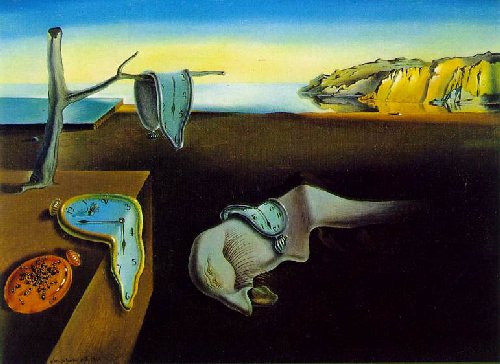for whom the bells toll
“the real hunchbacks of notre dame.” that is how my guide referred to the anonymous folk who, for almost 200 years from 1163 to 1345, voluntarily devoted time to the building of a cathedral they knew they wouldn’t complete in their lifetimes. the statement — a playful reference to the classic novel by french writer victor hugo — was a poignant one. it brought to mind peasants toiling in all weather, using rudimentary man-powered contraptions to hoist massive blocks of stone into place.
centuries after its completion, i stood before the magnificent edifice, its legendary stone gargoyles silhouetted against the afternoon sun. it was hard to imagine how it was all put together at a time when the term ‘architect’ had yet to come into use. apparently, the first stone was laid by an anonymous master mason. that history had forgotten this visionary proved life wasn’t fair even in 1163.
the best thing about standing in a rather long line — sandwiched between camera-toting tourists representing all continents — was it compelled one to gaze upon facets of the cathedral that would otherwise be ignored in the rush to step in. and a rush it always is, when you realize the cathedral attracts between 30,000 and 50,000 visitors daily.
to my left, guides pointed out point zero to tourists herded into groups like placid cattle. a simple octagonal brass plate set in the ground, it marked the exact spot from which all distances from paris were measured. apparently, couples loved to kiss while standing on it, for luck. only in paris could something as mundane as a geographical marker acquire a tinge of romance.
to my right stood charlemagne, king of the franks, staring into the distance. created in 1886, the statue depicted the king on his horse, still ready to ride off into battle. in his shade sat american tourists, maps of the city in hand, possibly trying to figure out their way back to air-conditioned hotels they had left behind. eyes set on loftier goals, charlemagne ignored them.
i had the option of a loftier goal, too. 380 steps would have led me to the top of the tower — and an undeniably fabulous view of the river seine — but i decided instead to spend time on the hallowed ground inside. it wasn’t everyday, after all, that one could amble around one of the world’s first gothic cathedrals. according to my guide, notre dame de paris was also among the first buildings in the world to use flying buttresses, or arched exterior supports, to combat stress fractures on the thin walls. coming from a country where heritage buildings were often painted and cemented over with gay abandon, i almost wept at the beauty of this solution.
and then, i reached the entrance. standing before me was a statue of the virgin with child flanked by two angels, as well as adam and eve. this was ‘our lady’, notre dame, with 28 biblical kings of judah paying her obeisance. apparently, these 28 statues were often misrepresented as former kings of france, which led to their being mutilated as symbols of despotism.
inside, all was quiet, despite the few hundred tourists shuffling through. almost everywhere i looked were marble figures, set against stained glass windows. opposite the magnificent altar was a grand organ, made up of 7,800 pipes and finished in the 1700s. technology hadn’t let it slip into retirement; by 1992, the instrument had been fully computerized. still, the position of titular organist continued to be one of the france’s most prestigious posts.
the sense of calm i experienced within hadn’t come easy to notre dame. in 1548, huguenots rioted and damaged some of its features. more religious imagery was destroyed during the french revolution. in 1871, the cathedral missed being set alight. during world war ii, its windows were removed to protect them from german bombing. it reached such a state of disrepair by the nineteenth century, that authorities considered tearing it down. it was victor hugo’s the hunchback of notre dame that led to a campaign for funds and saved it.
so, why was the building revered? pondering before the altar, i assumed the first reason was its sheer physical presence. even those with no exposure to the tenets of architecture would find it hard to stay unmoved by this kind of beauty. for those with a religious bent of mind, notre dame was once home to the crown of thorns — placed here by st louis in 1239 — allegedly worn by jesus christ.
most importantly, for historians, were the astonishing events notre dame had been witness too. this was where henry vi of england was crowned king of france in 1431. the coronation of napoleon i and his wife josephine was held here in 1804. joan of arc was beatified here in 1909. the cathedral also saw a bit of the unusual. in 1450, for instance, a man-eating pack of wolves that killed 40 people was lured here and stoned to death before its gates.
as one of france’s most revered tourist destinations today, its future appeared to be safe. around me, the number of tourists continued to rise. they moved in throngs, walking past the stained glass, fading in and out from sunlight to darkness. the wall to my left carried a plaque that read: ‘in memory of soldiers from britain and india who fought in world war i, many of whom lie buried in france.’ suddenly touched, i thought of home, and made my way out.

